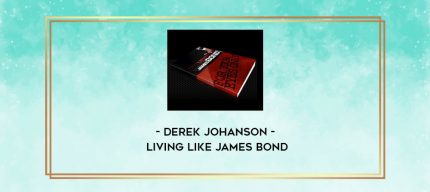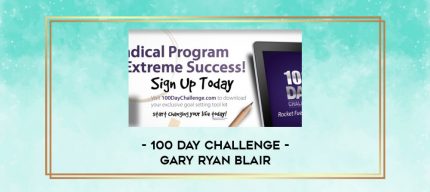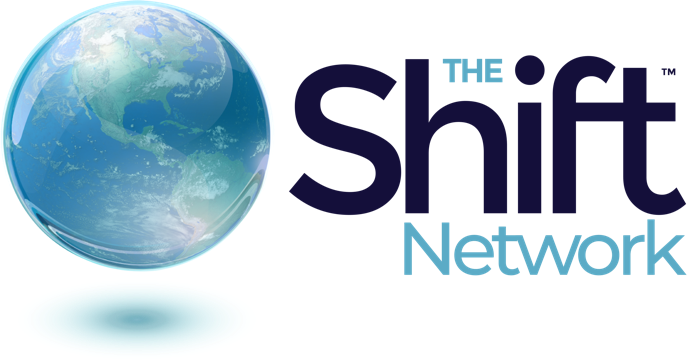Jerry Jenkins – Nonfiction Blueprint
Course Description
Salepage : Jerry Jenkins – Nonfiction Blueprint
Delivery : Online With Any Device
9.42 GB
What You Get: Building the Foundation, Part I
I provide advice on how to avoid issues common to nonfiction writers in this section. You name it—fear of failure, a lack of direction, running into a wall around 30 pages in. Imagine how much more self-assured and driven you’ll feel once you’ve laid the right foundation for your book.
You’ll discover: – How to finally establish a writing schedule you can adhere to (and I coach you through establishing yours); – How to quickly discover your distinctive writing voice; – Why you must construct an outline before writing your nonfiction book; – How to avoid seeming preachy.
– The time-tested format that launched my career decades ago (and which I’ve employed in all of my fiction and nonfiction writing since)
– How to find compelling true tales to include in your book. How to make your factual book come to life with fiction tactics – The best ways to promote your book to agents and publishers, among other things!
All of it was covered in Part I of the four sections! See how much information you need to have before you even begin writing so that you don’t get stuck in the middle?
PART II: Starting the Essay
We devote many hours on just your first page because this is where many nonfiction writers struggle. Before continuing, we’ll get yours to the point where you’re happy with it so that you’ll be inspired to keep going.
You’ll discover: – My technique for generating a strong sense of accomplishment and momentum during your first, brief writing session – All I know about creating an opening that captures the attention of the reader from the very first word – Unknown tricks for creating a strong first page (failing to do so is the number one reason manuscripts are rejected)
How to sharpen your self-editing skills you’ll observe true hands-on editing in action, the type of instruction that several authors have told me is their favorite, most instantly useful.
PART III: Creating a Writing Schedule
Here, I walk you through the first few chapters of your journey and provide my top tips for forming habits that will get you through the entire process.
You’ll also discover:
– 5 effective techniques for creating intense situations that are just as crucial in factual works as they are in fiction.
The imperative necessity to disclose the unpleasant truth in biographical writing, as well as how to grab the reader and make him forget he’s reading. The Golden Rule for Authors, which I suggest you to display somewhere you’ll see it as you write
– And much more.
PART IV: Successful Closing
You will have comfortably completed the Marathon of the Middle and written about the first quarter of your novel by the time we get to the Nonfiction Blueprint’s final phase. It takes more than just enduring the middle to finish properly. For the benefit of the reader, you must flourish there and keep things going. I provide you with everything you need to run the marathon and make it to the finish line.
Therefore, Part IV is intended to carry you through to the very conclusion. Because of this, I’ve sprinkled it with a ton of advice and inspiration to get you through some of your nonfiction book’s most challenging passages.
You’ll discover: – How some nonfiction books become cultural phenomena
Encouraging reminders of why you started this trip and how to stay inspired until the last page. Two easy secrets to an epic finish readers will remember forever. Secrets to keeping your reader engaged all the way to the end. Advice on how to ensure that every word in your work is perfect before submitting it to agencies and publishers
I want you to have a nonfiction book you can’t wait to submit by the end of this semester.
The query letter and proposal package is a bonus.
When your novel is complete, you should submit a proposal to publishers or agencies. So that you may see precisely what I would do if I were in your position, I’ve included this unique bundle with your subscription.
The result:
1. How to Impress Agents and Publishers, my advice sheet
This concise guide is intended to demonstrate what each decision-maker seeks and how to differentiate your work. I also provide 28 tweets from business insiders so you can see what they really desire and what irritates them.
2. Have access to two effective ideas that you may use as models
These were created for manuscripts that publishers later purchased. Feel free to borrow these concepts and strategies for your own proposal.
3. How to Write Winning Queries & Proposals, my 90-minute lecture
You may avoid wasting hours of work by doing this.
This instruction is based on all of the knowledge I’ve gained over many years in the industry, knowledge that authors have spent thousands of dollars for at writers conferences. You’ll find this to be really helpful if you’re serious about getting published.
By the conclusion, you’ll be aware of: – The distinction between a query letter and a cover letter, as well as when to submit each kind;
– Tips for crafting a compelling proposal
– The format I use for my best book ideas
– How to craft a pitch that will entice agents and editors to request a copy of your book – and more!






















